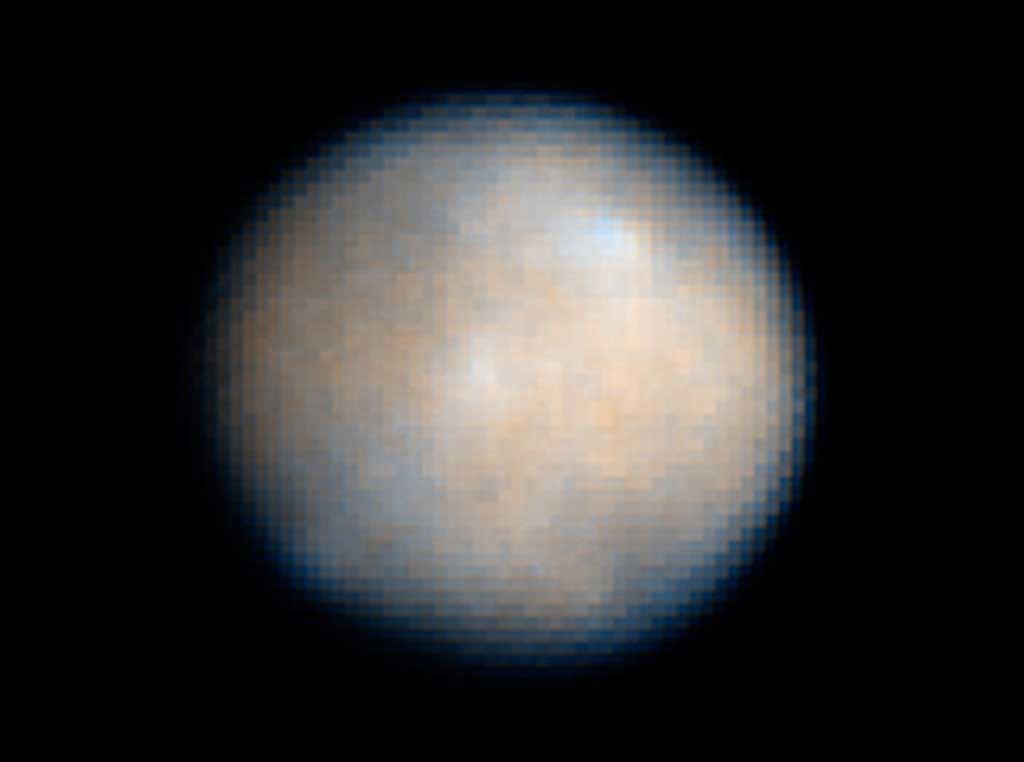“Now, finally, we have a spacecraft on the verge of unveiling this mysterious alien world,” said Marc Rayman of NASA’s Jet Propulsion Laboratory in Pasadena, California. “Soon it will reveal myriad secrets Ceres has held since the dawn of the solar system.”
Dawn will be captured into Ceres’ orbit in March, marking the first visit to a dwarf planet by a spacecraft. To date, the best images of Ceres come from the Hubble Space Telescope. In early 2015, however, Dawn will begin delivering images at much higher resolution.
Since launching in 2007, Dawn has already visited Vesta, a giant protoplanet currently located 104 million miles (168 million km) from Ceres. The distance between Vesta and Ceres is greater than the distance between Earth and the Sun. During its 14 months in orbit around Vesta, the spacecraft delivered unprecedented scientific insights, including images of its cratered surface and important clues about its geological history. Vesta and Ceres are the two most massive bodies in the main asteroid belt.
The 9-pixel-wide image of Ceres released today serves as a final calibration of the science camera that is necessary before Dawn gets to Ceres. The dwarf planet appears approximately as bright as Venus sometimes appears from Earth. Ceres has an average diameter of about 590 miles (950km).
Dawn begins its approach phase toward Ceres on December 26.










